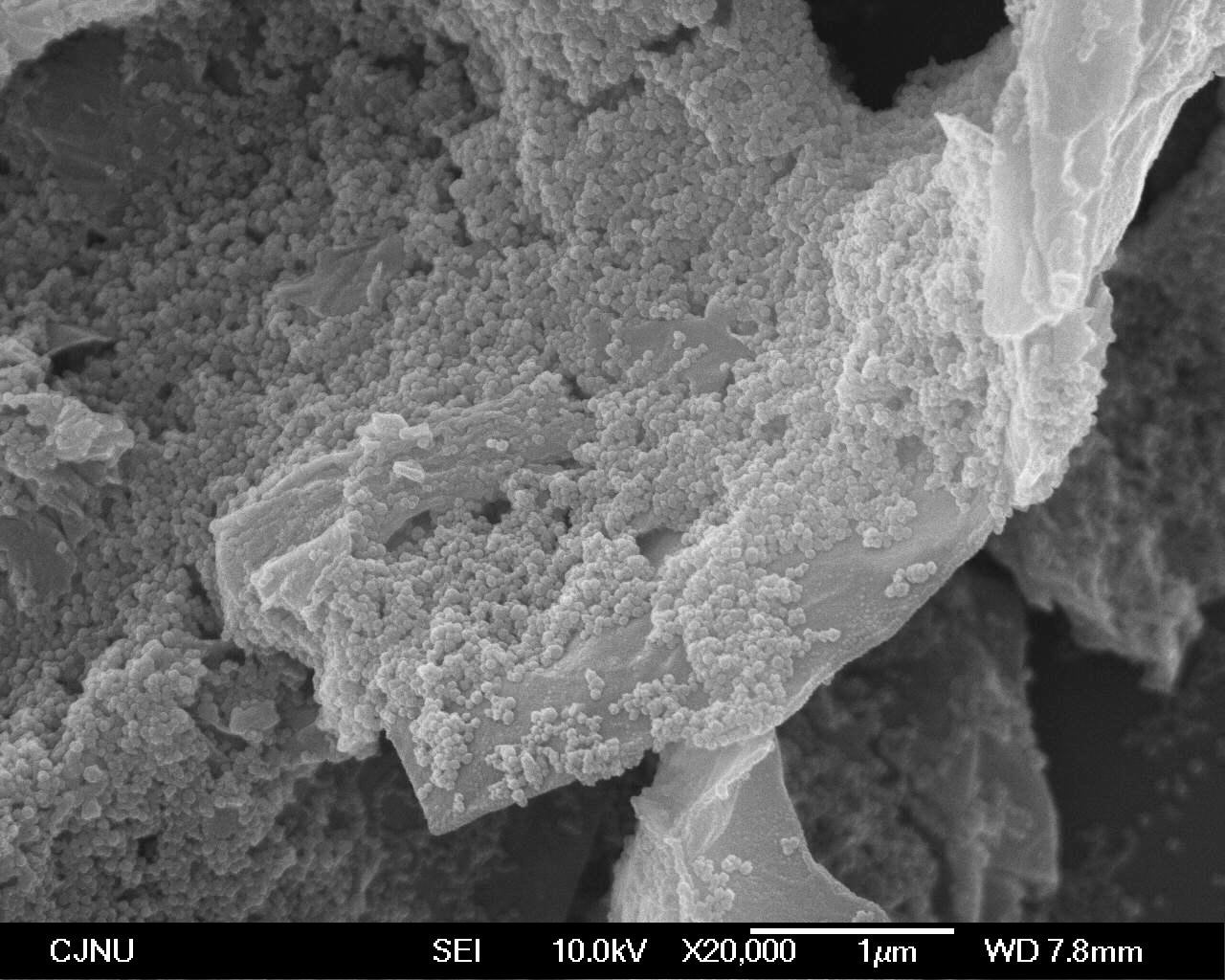Title:
Creation of Spherical Aggregates of Pd Nanoparticles on the Surface of POSS-grafted Graphene Oxide
Speaker(s):
Kyung-Min Kim*, Jung-Hyurk Lim, In Seol Hwang
Department of Polymer Science & Engineering, Korea National University of Transportation
Abstract:
Recently, graphene is one of the hottest materials in both academic and industrial fields because of its novel unique mechanical, electrical, and thermal properties. Graphene is a two-dimensional honeycomb structure consisting of a single layer of sp2-hybridized carbon atoms. The micromechanical cleavage of graphite is a limited method to produce graphene sheets because of the lack of productivity. The best method to synthesis graphene for composite materials is the oxidation of graphite and subsequent thermal reduction. Polyhedral oligomeric silsesquioxane (POSS), the smallest silica particle with the cage structure, can be used as cubic linker to form the spherical aggregates of Pd nanoparticles. In this study, a simple method was presented for preparing aggregates of Pd nanoparticles on graphene oxide by in-situ mixing of palladium acetate and graphene oxide noncovalently modified with POSS in methanol. Spherical aggregates of Pd nanoparticles with a diameter 10 - 30 nm were densely produced on the surface of POSS-grafted graphene oxide (see Figure). The size of aggregates of Pd nanoparticles on the surface of POSS-grafted GO is smaller than that of aggregates of Pd nanoparticles produced without GO template due to the decrease of degree of freedom for three-dimensional structure of POSS attached to the surface of GO.
